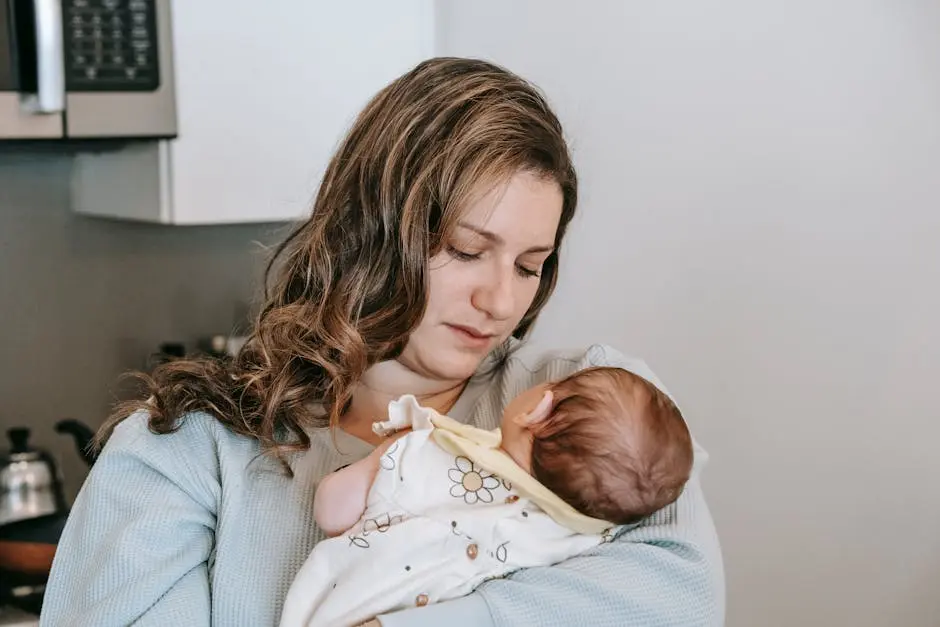Behavior and Emotions in Birth - Be Empowered Birth Series
/Behavior and Emotions in Birth
Be Empowered Birth Series
As a labor doula for over 10 years, I can assure you that no two births have been the same with the process of labor, as well as the behaviors and emotions that occur in birth. In this blog, we will look at a few ways behaviors and emotions can look during the different stages of labor.
The first stage of labor is characterized as the onset of labor until pushing, which includes early labor, active labor and transition.
Occasionally, as the body is gearing up for labor, expecting mothers may experience pre-labor (or also known as Braxton Hicks) during the last couple weeks of pregnancy. This is a time filled with excitement, anticipation and just overall lightheartedness. With pre-labor you may feel slight contractions but you are not uncomfortable at this point. In addition, these contractions do not get longer, stronger or closer together resulting in progress in labor. If things fizzle out and early labor doesn’t follow this can also be a time of disappointment.
Once we are into early labor contractions should be regular and working to dilating your cervix. This is a time where excitement is building and the laboring mother is starting to believe she is indeed in labor. Since early labor moves slow, it is normal to go about your day and not be distributed by the contractions. It is often a time to begin to prepare as labor is building, and often anxiousness and uncertainty may set in with the wonder of when to head to the birth place, how long will labor be and much more.
As labor is building and continues we enter active labor, which typically includes contractions that are about two to five minutes apart. These contractions are working harder to getting you closer to your baby and can often bring much more concentration to get through each of the contractions. The laboring mother has often become serious, inward focused and moving into positions that bring relief and comfort. During this time the laboring mother is not interested in conversation, but can easily respond with short answers when needed. It is also at this point that you are finding yourself needing more support to get through the contractions.
As a laboring woman enters what is known as the most intense, but shortest part of labor, transition, it is normal for most women to get very overwhelmed and make statements of how they can’t do it or want to give up. The laboring woman is most likely pretty still at this point and not wanting to move around a lot, often because movement is only bringing on contractions. This is a time when an expectant mother has entered her depths to find the strength she never knew she had to carry her across into welcoming her little one.
Often, once the laboring mother has entered transition, she is not expecting to soon meet her little one as she is in the threshold of labor, but soon the intensity of pressure and urge to push begins. The laboring mother has made it to the part where she gets to push against the pressure she’s been feeling. It is possible to fall asleep between contractions as they space apart a little bit for a rest period. The emotions may begin to flood in with being filled with an overwhelming sense of excitement, fear of the unknown or you might feel super empowered. You are going to meet your baby soon!
These are just a few of the behaviors and emotions that can go along with the different stages of labor! In our Be Empowered Childbirth Education series we explore in depth the behaviors and emotions, as well as exploring the best ways a birth partner can support you in each stage of labor.






